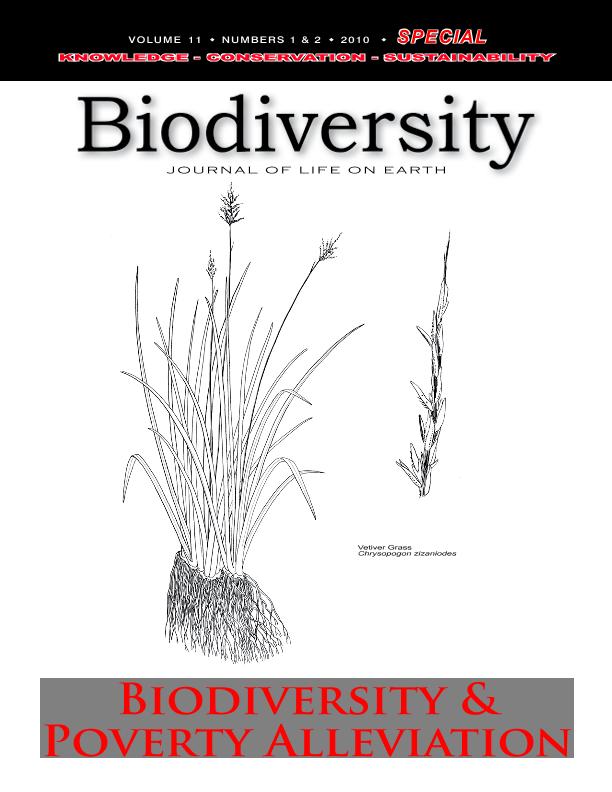Artículo
Current challenges for addressing poverty alleviation via vicuña management in andean countries
Fecha de publicación:
09/2010
Editorial:
Taylor & Francis
Revista:
Biodiversity
ISSN:
1488-8386
Idioma:
Inglés
Tipo de recurso:
Artículo publicado
Clasificación temática:
Resumen
Vicuña (Vicugna vicugna) are South American camelids, the commercial use of which has untapped poverty alleviation potential. Vicuña fibre is produced by extremely low income communities that inhabit the harsh environment of the high Andes in Argentina, Chile, Peru and Bolivia. At the other end of the world, affluent consumers are willing to pay high prices for apparel made of vicuña fibre. Vicuña management projects follow the logic of community-based wildlife management. The rationale for vicuña conservation through sustainable use is that commercial utilization of fibre obtained from live-shorn individuals will generate sufficient economic benefits to outweigh the costs of conservation, and contribute to community development and poverty alleviation. However, while conservation efforts have been extremely successful with vicuñas having recovered from the brink of extinction, the socio-economic achievements have thus far proved modest. Most such benefits are being captured by traders and international textile companies, rather than by local communities. In addition, the high market value of vicuña fibre has attracted a number of groups interested in its production. This threatens the conservation of this wild species, the exclusive rights of Andean communities and could undermine the spirit of the Vicuña Convention. This paper explores multiple-objective projects that address vicuña conservation and poverty alleviation and analyses the challenges that limit a more equitable distribution of benefits among stakeholders.
Palabras clave:
COMMUNITY DEVELOPMENT
,
LOW INCOME COMMUNITIES
,
VICUÑA CONVENTION
,
VICUÑAS
Archivos asociados
Licencia
Identificadores
Colecciones
Articulos(SEDE CENTRAL)
Articulos de SEDE CENTRAL
Articulos de SEDE CENTRAL
Citación
Lichtenstein, Gabriela; Current challenges for addressing poverty alleviation via vicuña management in andean countries; Taylor & Francis; Biodiversity; 11; 1-2; 9-2010; 19-24
Compartir
Altmétricas




